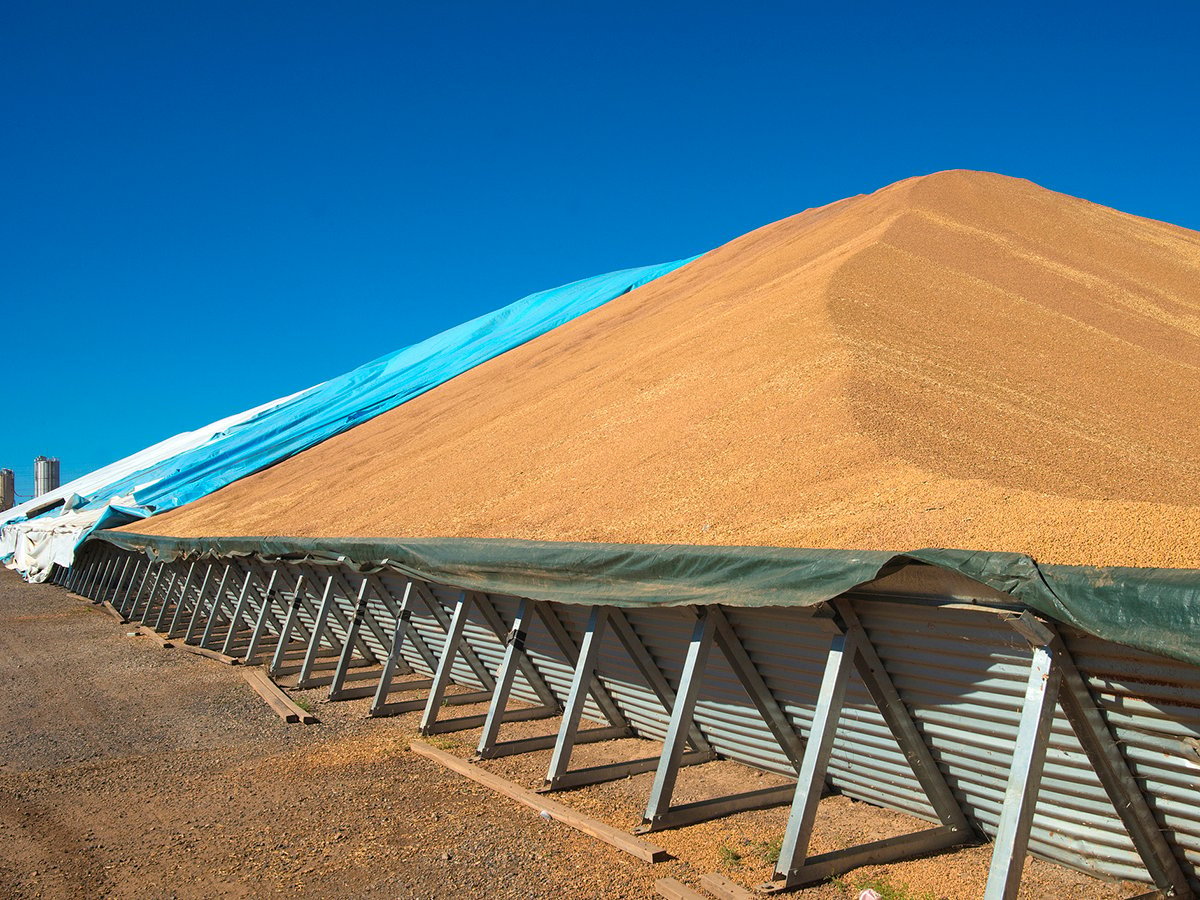Future worries U.S. wheat growers | The Western Producer

SASKATOON — The National Association of Wheat Growers is concerned that U.S. wheat production could be migrating north.
“I would just be mortified if we lost the wheat industry here in the U.S., just like we did the oat industry,” NAWG chief executive officer Chandler Goule said during a recent Agri-Pulse Open Mic podcast.
“The path that I’m worried we’re on is pushing the wheat industry into Canada because we’re giving economic advantages to other commodities.”
Read Also


Chickpea supplies tight despite large Australian forecast
All eyes in the desi chickpea market are on Australia, but an analyst warns you shouldn’t trust what you see.
Goule said wheat has “additional headwinds” that competing crops do not face.
The most pressing one is that wheat is essentially excluded from participating in the thriving U.S. biofuel industry, which has been the lifeblood for corn and soybeans.
“Unfortunately, our little wheat kernel doesn’t have enough sugar in it or enough of anything in it for us to be a viable commodity for renewable fuel programs,” he told Open Mic host Jeff Nalley.
The result is that wheat has been losing ground to corn and soybeans in the northern U.S. Plains because those crops are more profitable and have more delivery options.
Goule is particularly concerned about what will happen when sustainable aviation fuel (SAF) takes off. SAF is exploring canola and camelina as possible feedstocks, which could usurp even more acreage.
“You’re really starting to walk right across what has traditionally been the wheat belt in the United States,” he said.
U.S. farmers intend to plant 45.35 million acres of wheat this year. That is way down from the 62.55 million acres seeded 25 years ago.
Darcy Pawlik, executive director of Canada’s Wheat Growers Association, thinks it is highly unlikely Canada will steal U.S. wheat acres because there are established rotations in this country.
“Our acreage is unlikely to fluctuate or change,” he said.
He thinks the contraction in U.S. wheat acres that has been going on for decades has bottomed out. The crop might lose a little more ground to camelina and canola, but not a lot.
However, there is one factor that could change that. Wheat prices have been propped up by the war in Ukraine, which has removed a large supply of wheat from the export market.
Prices will likely drop when the war comes to an end and that production eventually makes its way back into the market. It could further erode U.S. acres.
Any further contraction in U.S. spring wheat acres could present an opportunity for western Canadian farmers.
Pawlik said it would be up to Cereals Canada to take advantage of any weakness in the U.S. wheat market by pouncing on opportunities in markets that value high quality wheat, such as Europe, Asia and Africa.
However, that will be difficult because U.S. Wheat Associates has offices all over the world, giving the United States a powerful marketing advantage over Canada.
Goule said another major headwind facing U.S. farmers is the lack of seed technology in the wheat sector because it is a food crop that faces additional consumer scrutiny compared to corn and soybeans.
Half of the U.S. wheat crop is exported annually into sensitive markets in the European Union and Asia Pacific regions.
Domestic consumers are also keeping a watchful eye on how new wheat varieties are developed.
“Hybrid wheat is a solution, but that is still a slower process than if we were able to adopt gene technology, like our soy and corn farmers have been able to do,” he said.
“It has caused wheat to fall behind in our ability to keep up in that race.”
Pawlik said the situation is far worse in Canada, where there is precious little private investment in wheat breeding. For instance, the Americans have embraced hybrid wheat, while nothing is happening in Canada on that front.
“There’s a lot that the Americans have over top of us,” he said.
“We’re a little bit behind. We have some catching up to do. But we can do it.”
Pawlik said Canada has a “very limited technology toolbox,” but there are promising new breeding technologies, such as gene editing, that could help close the gap.
“The opportunity is there for Canada to be able to catch up in a hurry as soon as we have an environment that private industry is happy to play in,” he said.
Goule said one other headwind facing U.S. farmers are the trade wars U.S. president Donald Trump has ignited with various countries.
He worries that if Trump slaps a tariff on Mexican products, the country could implement retaliatory tariffs on U.S. agricultural products. That would be serious because Mexico is the top buyer of U.S. wheat.
U.S. wheat farmers are already facing falling commodity prices, rising input costs, inadequate safety nets and fewer delivery points compared to corn and soybeans. They don’t need any more challenges, he said.
Source: producer.com


